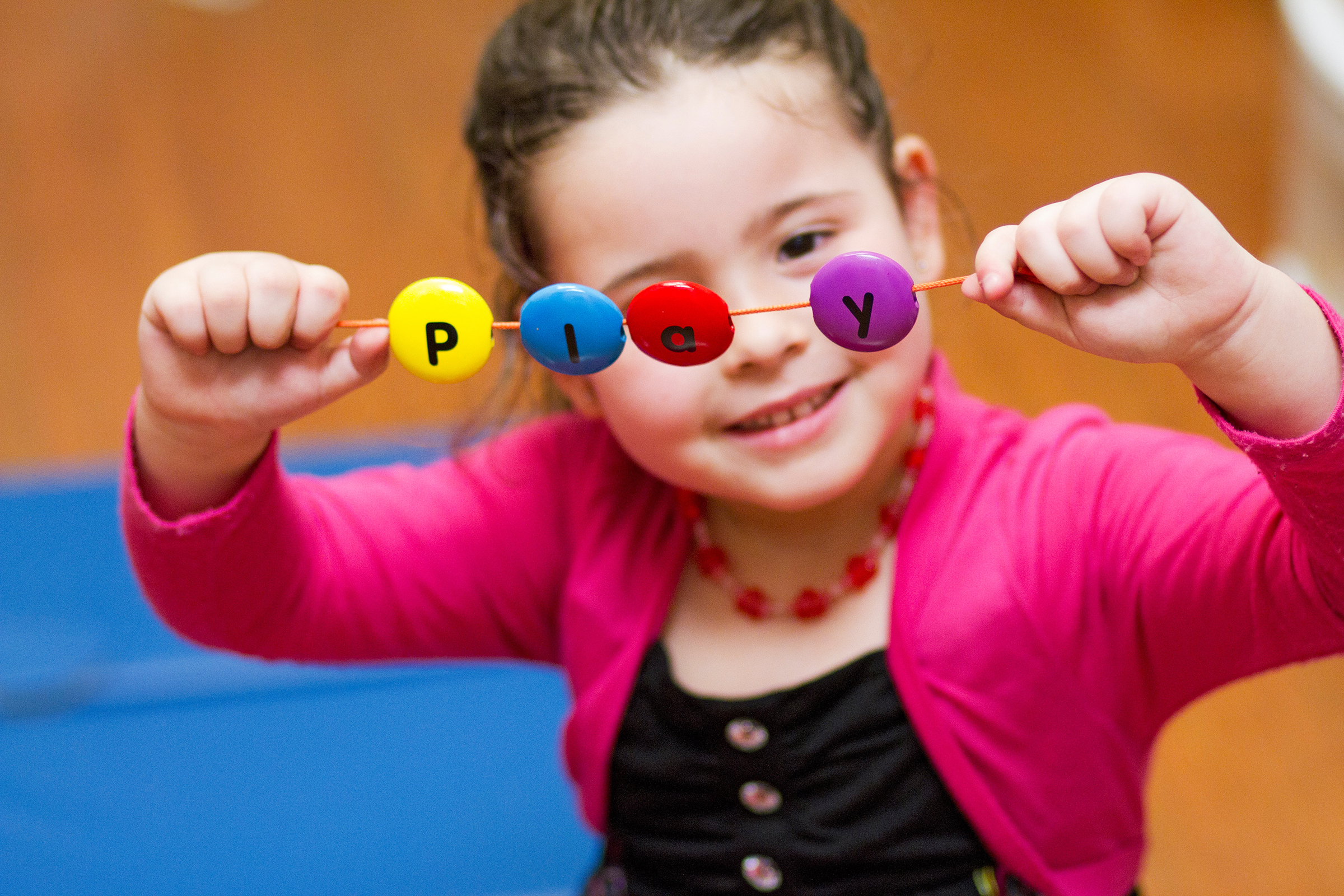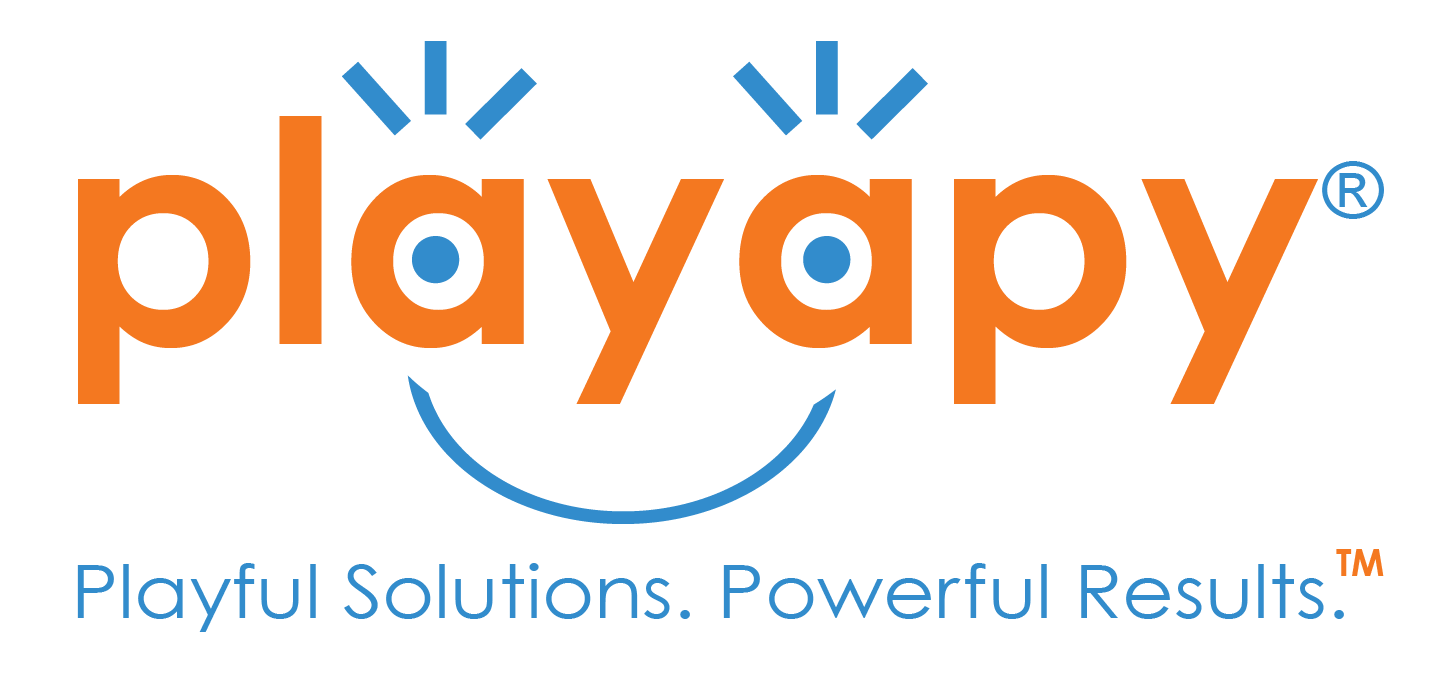
18 Jan What is Smart Play?
With the increased presence of technology in children’s products and toys, you may have come across the term smart toys. These are typically expensive toys containing a computerized system or technological aspect increasing its capabilities or functions. But do smart toys necessary lead to smart play? The answer depends more on how the toy is used.
What is Smart Play?
As an occupational therapist, I have noticed the increased use of technology such as iPads having a negative effect on the development of hand skills in small children. With each finger swipe taking away an opportunity to build strength in the tiny muscles of the hand, I have witnessed countless children struggle to hold and use a crayon. Hence, in my practice, I lean toward using more traditional toys in play.
“Smart play is stimulating and interesting play that engages a child in a way that
promotes learning and fosters the development of skills.”
I use the word S.M.A.R.T. as an acronym for the elements that are essential in my Smart Play Made Simple approach. These include: Simplicity, Movement, Animation, Relaxation, and Tools & Toys.
Here are some simple tips to include each of these elements into your playtime!
5 Components of Play
S is for Simplicity: Start with an activity that is easy for your child, and build up challenges gradually. Play should be fun, not frustrating.

M is for Movement: Get the body moving. Engage large muscles of the body before small muscles to work out the wiggles.

A is for Animation: Be spirited and excited while using your imagination. Don’t be afraid to use your voice or embrace your silly side.

R is for Relaxation: Restore calm for increased concentration. Get low to the ground and play on the floor to focus energy inward.

T is for Tools & Toys: Build and assemble with small objects while using small muscles of the hands. Try manipulating different textures and making things.

Incorporating these ideas into play not only saves money, it also creates an environment for enriching play without the need for tech-based toys. So, play S.M.A.R.T.! It’s that simple!
I hope you find these tips helpful. If your child has difficulty with play skills typical for his or her age, consider talking with your pediatrician about having a consultation with an occupational therapist. Have a playful day!
Amy, MOT, OTR/L
Amy Baez is a pediatric occupational therapist, award-winning author, and Founder of Playapy. For more information about Playapy and its PALS Handwriting Program, visit www.playapy.com/handwriting or email [email protected].
